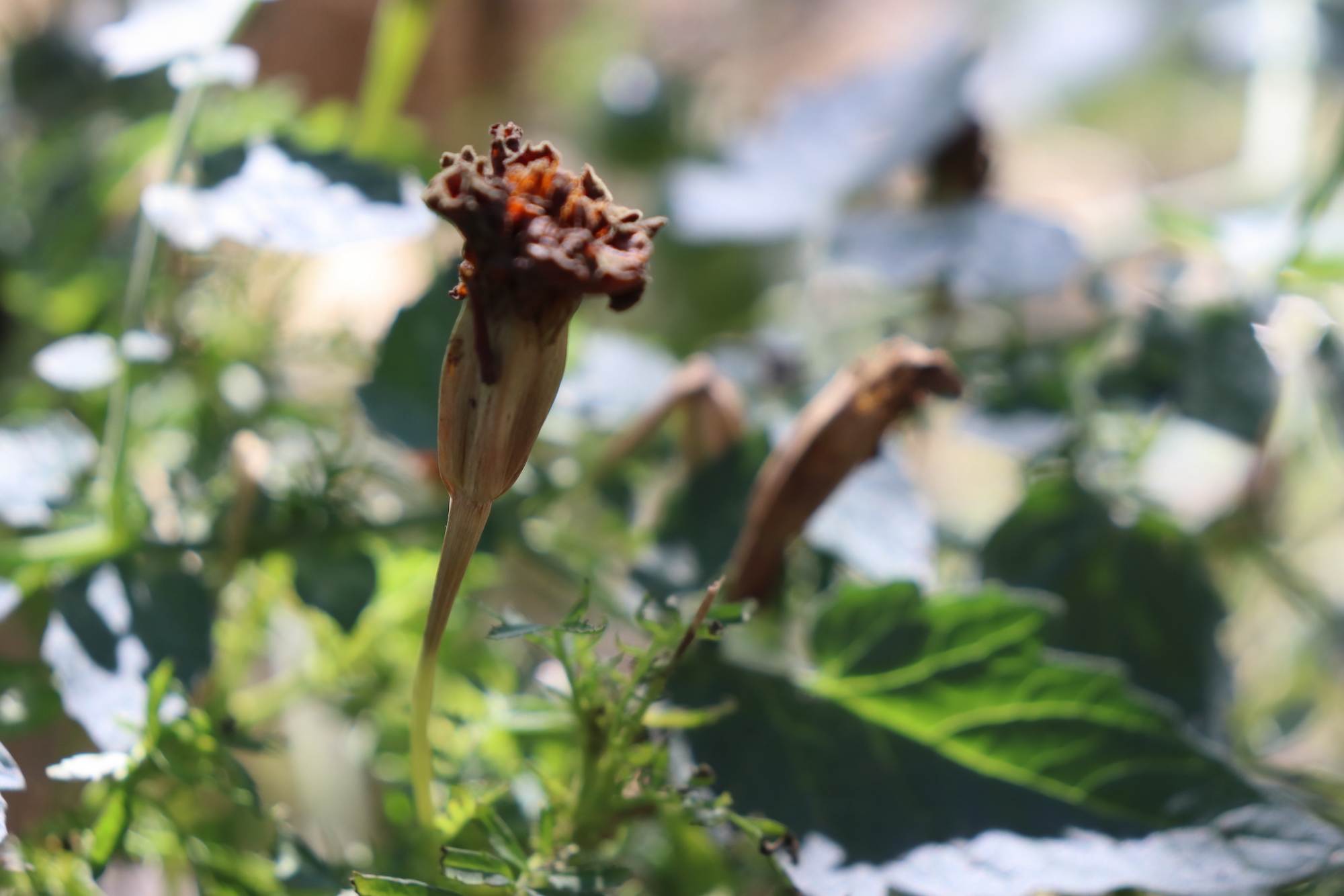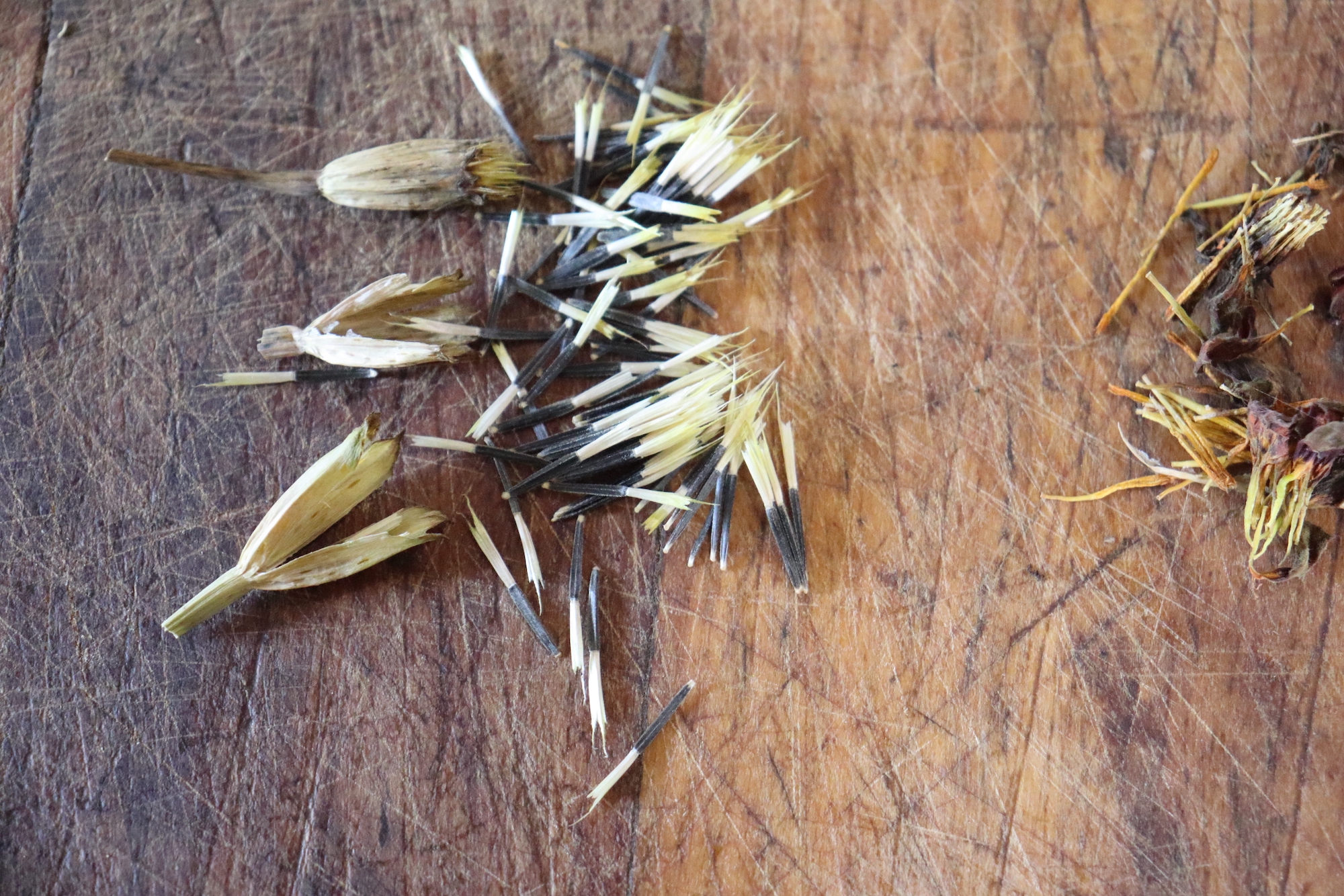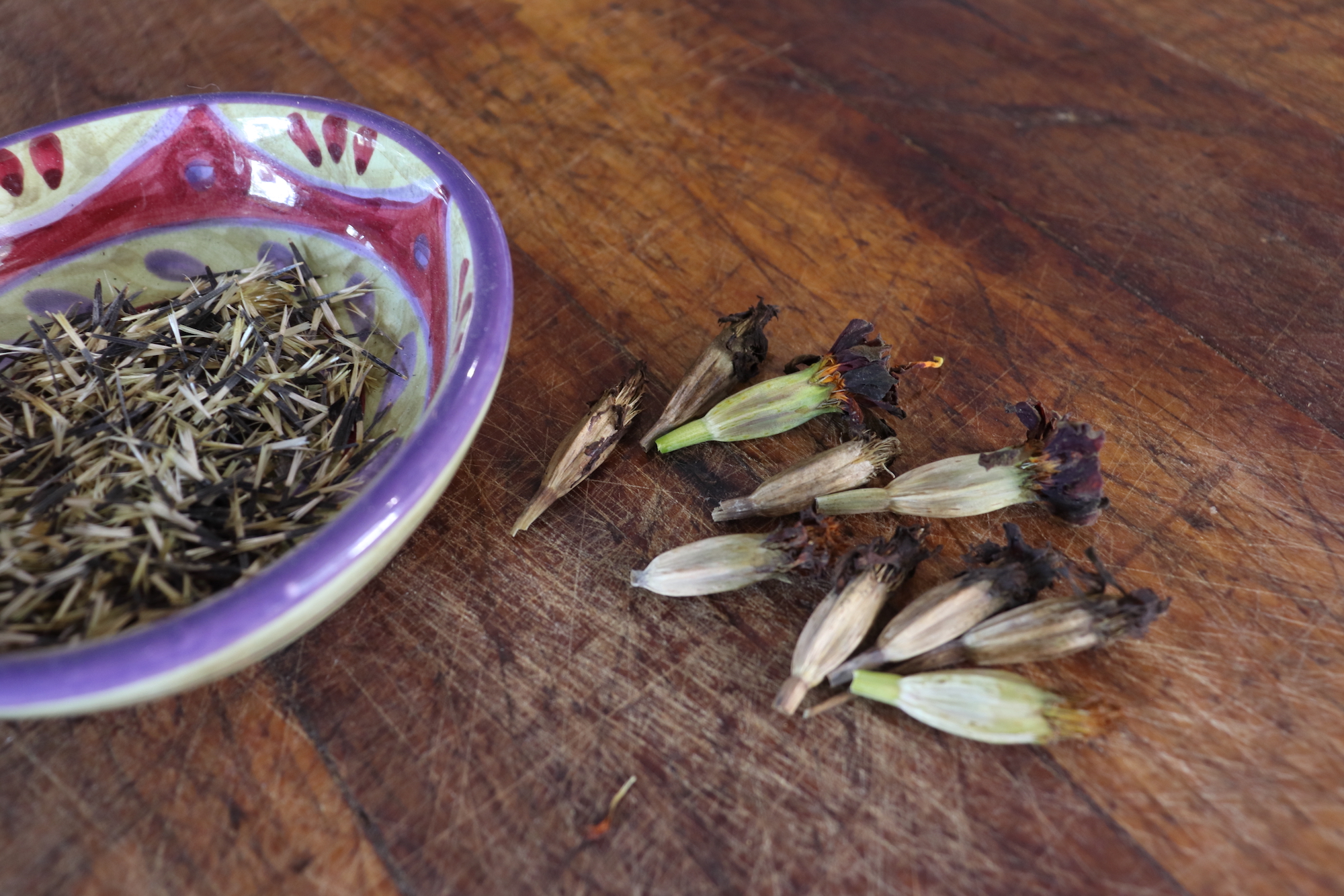Summer is a busy time for gardeners. Weeding, watering, harvesting, preserving, and succession planting fill our days. It’s beautiful to watch a garden flourish under your care! Another task you can do while working out in the garden is pinching certain plants. Pinching plants is quick and easy and can make a big difference in their growth habits. Learn to pinch plants successfully.
What is Pinching?
Pinching is a type of pruning or harvesting that encourages lateral growth in plants. All you need to do is pinch off the tip of the plant or the end set of leaves or buds just above the node or bulge. Often, you’ll see small sets of leaves or buds just below where you need to pinch. When you do this, the plant sends out a set of lateral branches. Usually, you can do this just with your thumb and pointer finger, but you could use a small pair of snips if that’s easier.
Failing to pinch your plants isn’t the end of the world. They’ll still grow fine. However, it’s a great way to encourage a bushier growth habit, resulting in increased harvests for certain herbs, more blooms on specific flowers, and fewer chances of lodging.
Pinching can be nerve-wracking! Should you really hack the top off of a seedling? Yes! It’s intimidating but worth it if you want bushy, productive herbs and flowers.

Can I Pinch Any Plant?
Only some plants benefit from pinching. Whether or not you should pinch a plant depends on the species and their growth and fruiting habits. Below are a few of the common plants that
Flowers to Pinch
- Calendula
- Cosmos
- Salvia
- Sweet William
- Zinnias
Herbs to Pinch
- Basil
- Lemon Balm
- Mint
- Oregano
- Rosemary
- Sage
- Thyme
Plants Not to Pinch
While some plants benefit from pinching, others should never be pinched. For some plants, like those listed below, pinching can be detrimental and damage flowering or production.
- Cockscomb
- Delphinium
- Dill
- Foxglove
- Larkspur
- Sunflowers
When to Pinch Plants
Pinching works best when you catch the plants at the right time. Ideally, it would be best if you pinched them when they’re between 12 and 18 inches tall and are often starting to look a bit leggy.
You may only need to do this once or twice for flowers like zinnias. For herbs like basil and mint, it’s easy to maintain this practice as a harvesting method. As you’re not growing the plants for flowers but rather foliage, we don’t need to worry about preventing blooms. We can pinch above the nodes each time we harvest.
Other Pruning Methods
Pinching isn’t the only method of removing material from plants. Here are other ways to alter plants to change their shape, encourage production, or improve their health.
Deadheading
Another way to encourage continued blooming is by deadheading spent flowers. Popping spent blooms off plants like marigolds, zinnias, and cosmos can encourage them to put more energy into repeat blooming rather than forming seeds.
Pruning
Pruning generally refers to clipping off larger branches. Pruning can be done for various reasons. People often prune perennials like fruit trees to remove dead or damaged branches or change their growth habits.
We often prune tomatoes. We prune suckers or non-fruiting branches to make the plants easier to trellis, improve air circulation, and encourage production.
Pinching the tops of your seedlings may seem like a terrible idea. No one wants to damage a plant they have tended. However, pinching is a great way to encourage blooming, production, and health in many flower and herb species. Try pinching your plants this season!


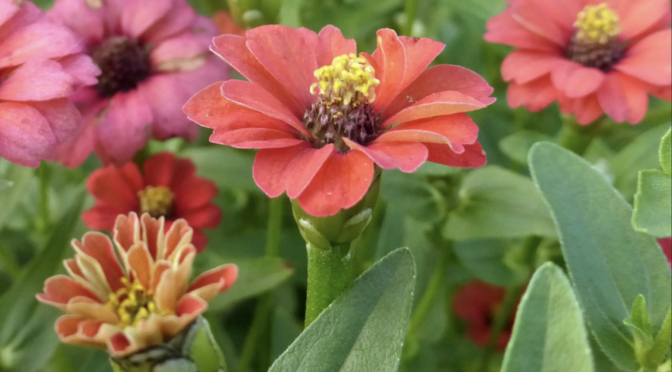
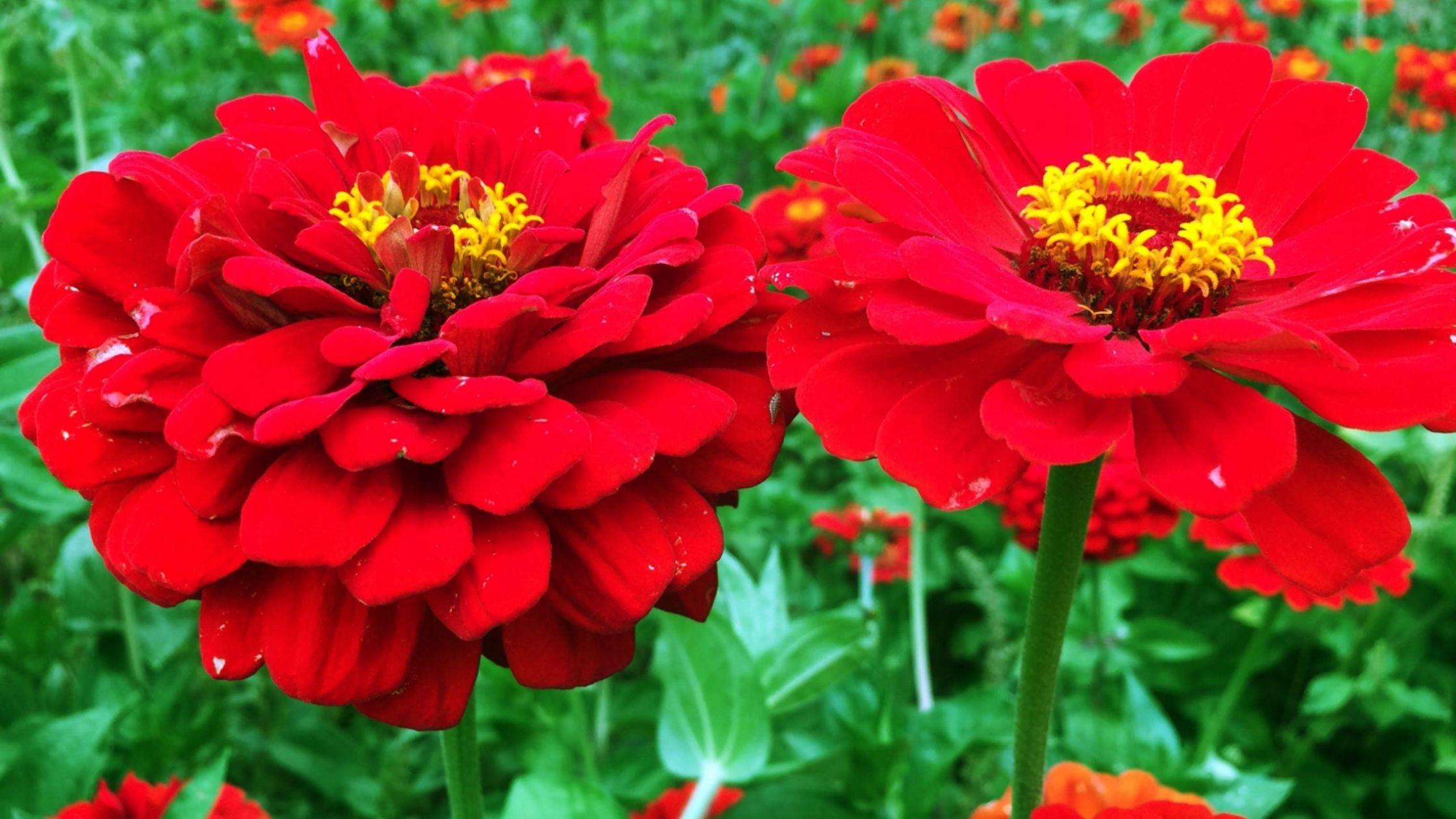 All of the zinnias we carry are open-pollinated.
All of the zinnias we carry are open-pollinated.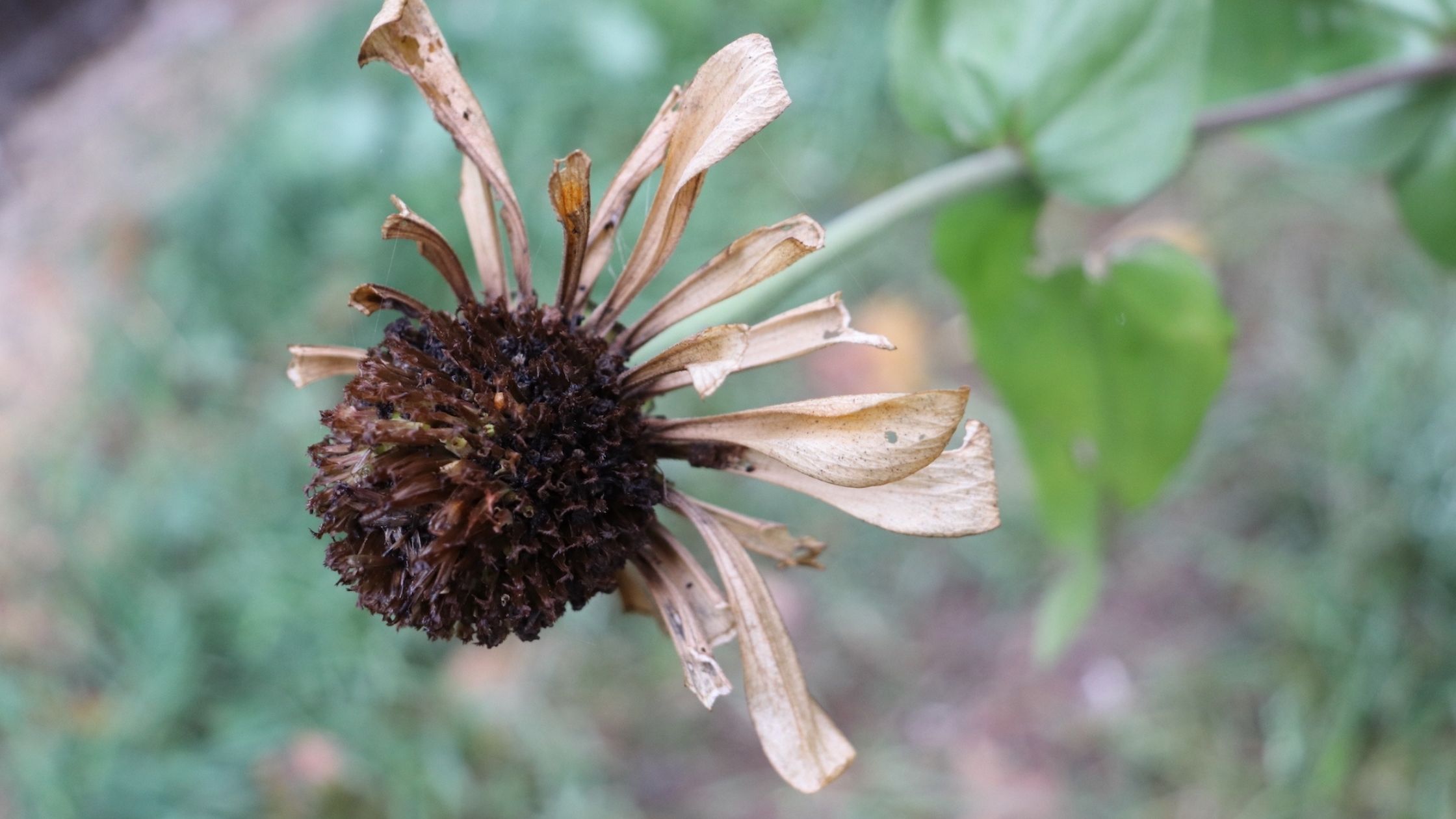 Allow The Flowerheads to Dry
Allow The Flowerheads to Dry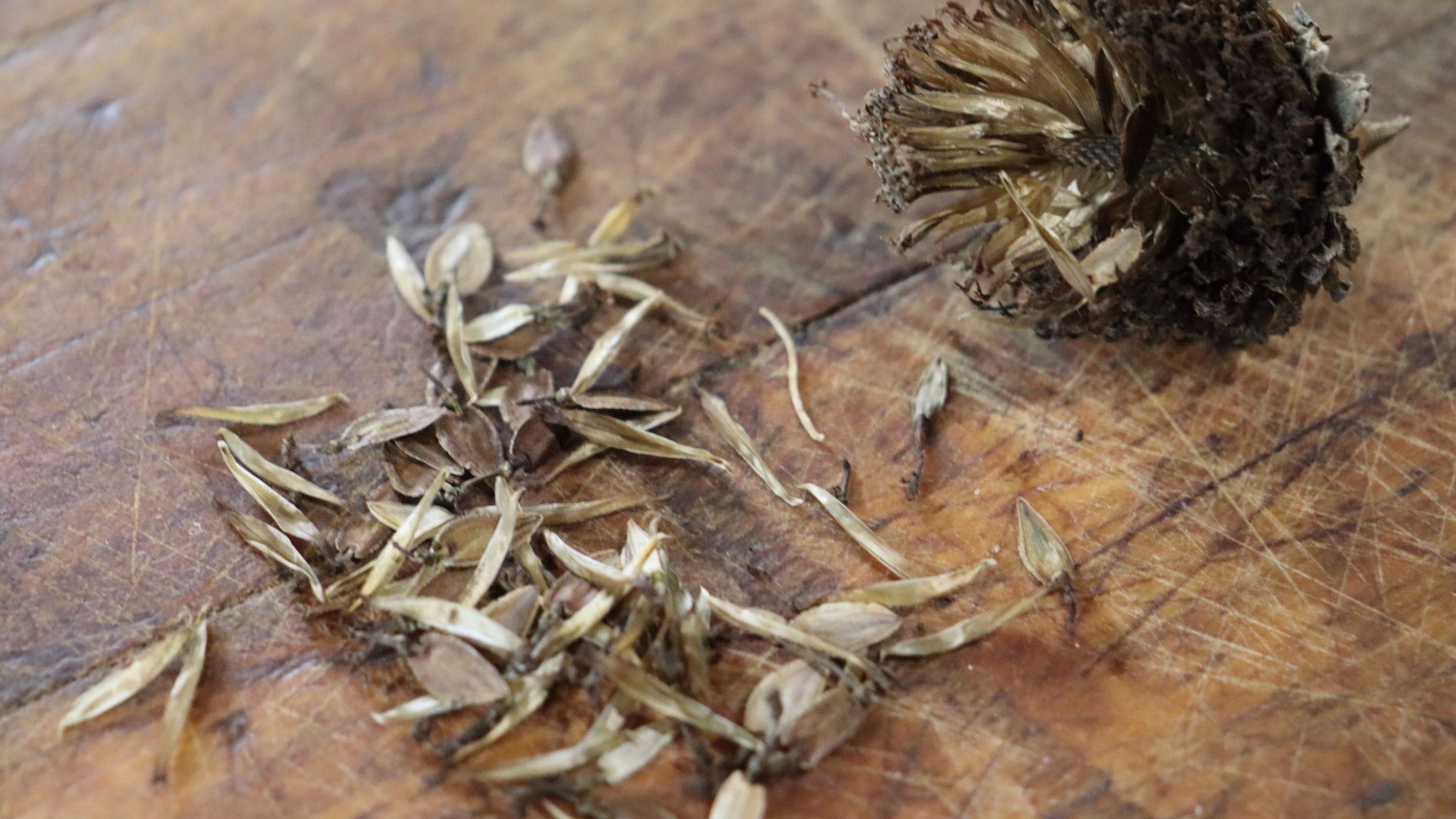 Process the Flowerheads
Process the Flowerheads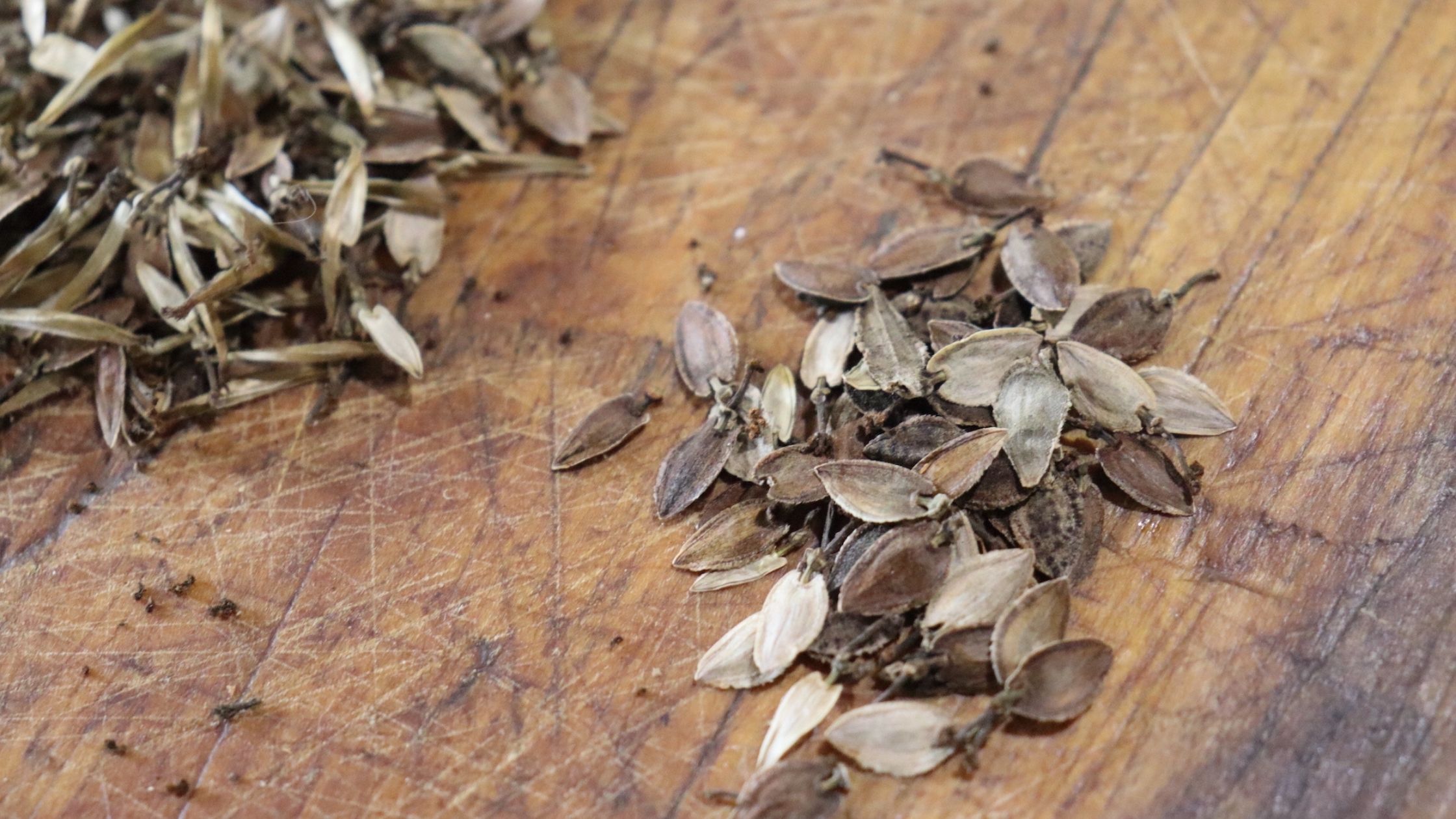
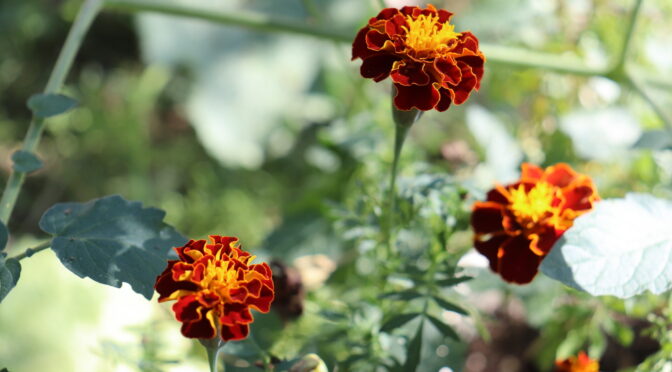
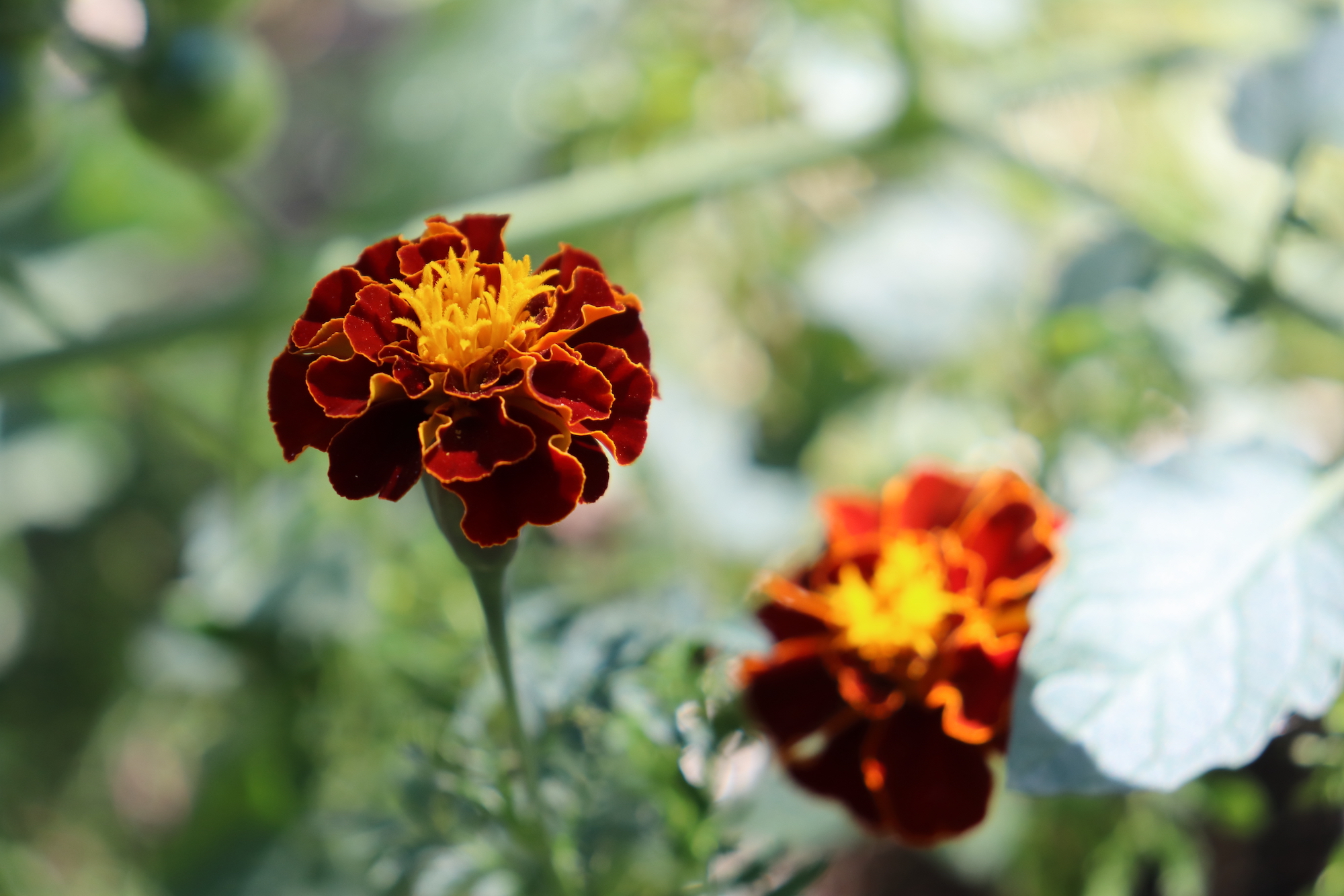 Choose an Open-Pollinated Marigold Variety
Choose an Open-Pollinated Marigold Variety